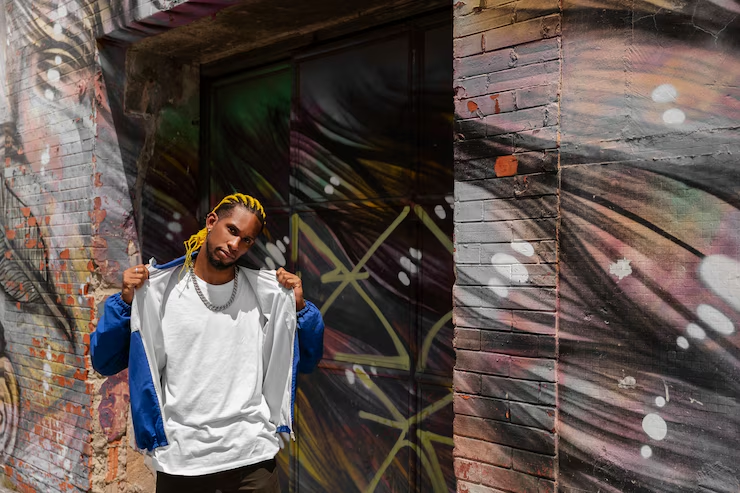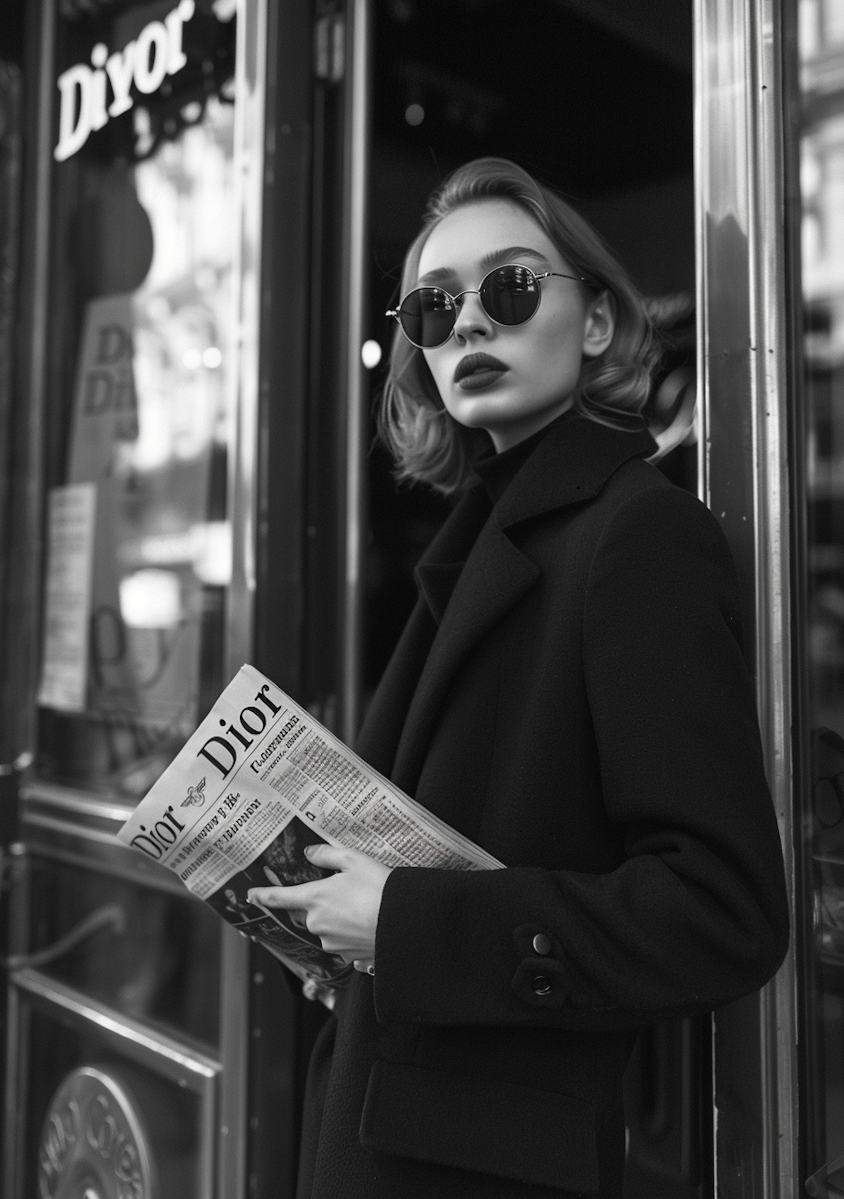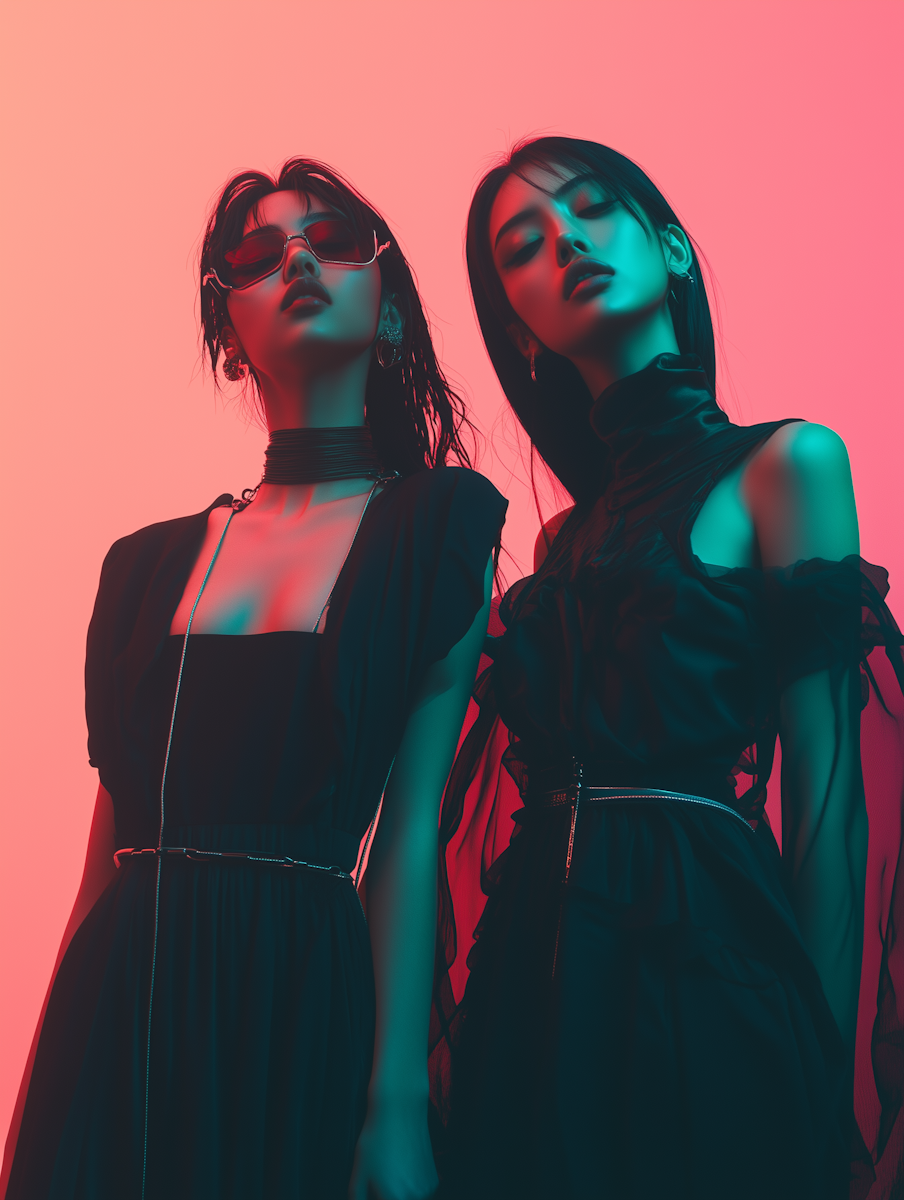Table of contents
Exploring Culture, Confidence, and Clothing
The intersection of music and style has always been a powerful one—but no genre has had a more profound and sustained impact on how we dress today than hip-hop. From oversized silhouettes to luxury sneaker collaborations, the influence of Hip-Hop on Modern Fashion is everywhere. What began in the Bronx during the late 1970s has become a cultural movement that reshaped not only music but global fashion trends.
Origins: From the Streets to the Spotlight
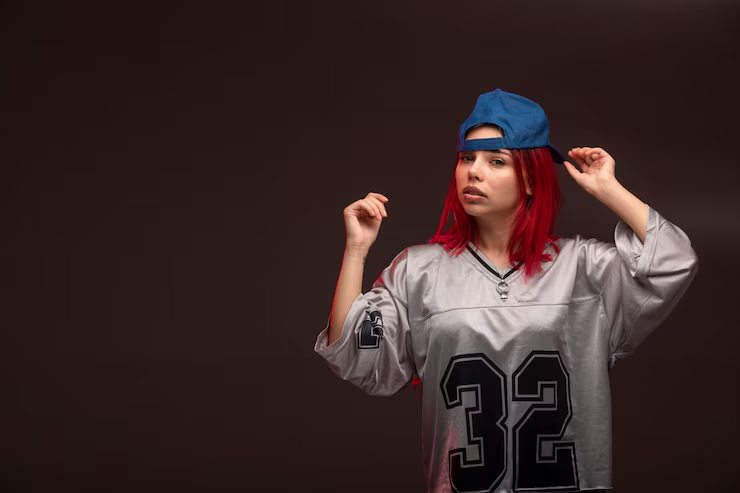
Hip-hop culture started as a form of resistance, creativity, and self-expression. Early fashion staples included:
- Baggy jeans
- Tracksuits
- Bucket hats
- Timberland boots
- Large gold chains
These weren’t just style choices—they were declarations of identity, rebellion, and pride, especially in Black and Latino communities. As hip-hop artists gained mainstream visibility, so too did their fashion influence.
1990s and 2000s: Designer Meets Streetwear
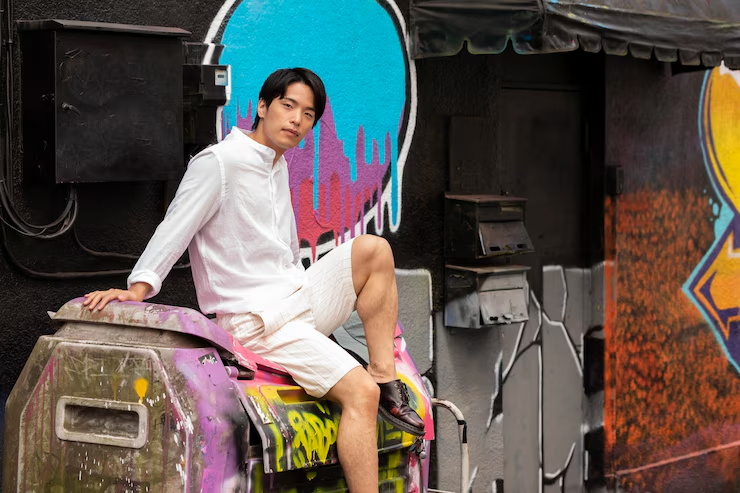
During the 90s and early 2000s, hip-hop artists began wearing—and designing—luxury brands. Think:
- Notorious B.I.G. in Coogi sweaters
- Tupac in Karl Kani
- Jay-Z in Rocawear
- Pharrell founding Billionaire Boys Club
This era marked a significant point in the impact of Hip-Hop on Modern Fashion: the bridge between high-end labels and streetwear had officially been built.
Today’s Trends and Hip-Hop’s Signature
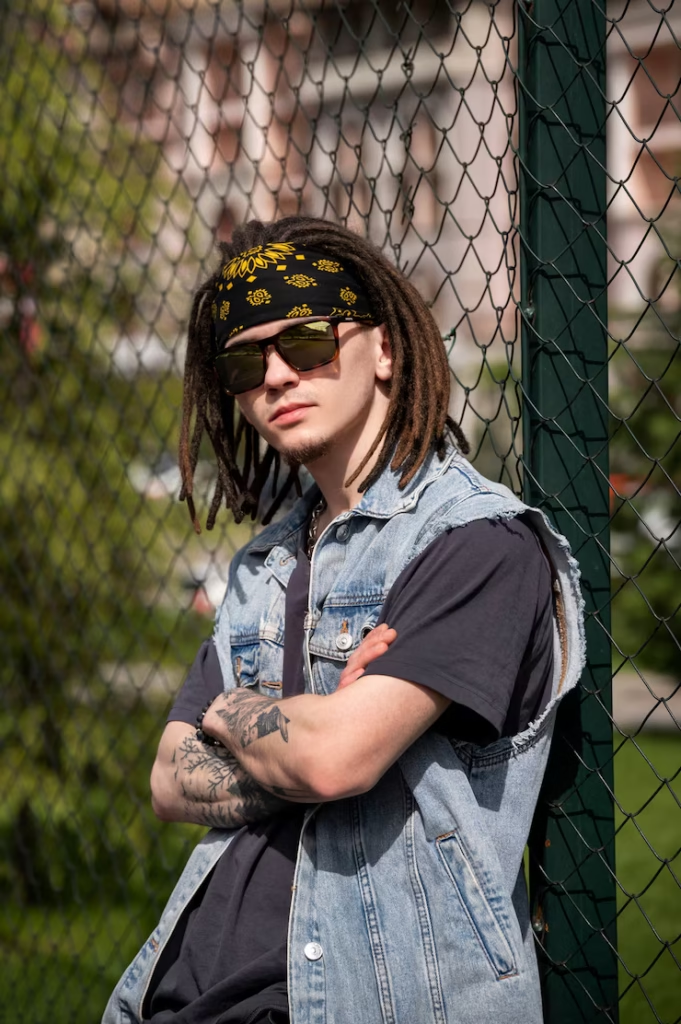
Fast forward to today and the evidence is everywhere. Hip-hop artists like A$AP Rocky, Travis Scott, and Kanye West aren’t just wearing fashion—they’re shaping it.
- Yeezy by Kanye West revolutionized minimalist streetwear.
- A$AP Rocky became a global fashion muse for high-end labels like Dior.
- Travis Scott collaborated with Nike and McDonald’s, proving fashion and branding go hand-in-hand.
The modern fashion world now fully embraces the ethos of hip-hop: bold, rebellious, luxurious, and unafraid to challenge norms.
Gender-Neutral and Luxury Streetwear
Hip-hop fashion has also been key to popularizing gender-neutral styles—long before it was trending in mainstream fashion. Oversized jackets, layered shirts, unisex sneakers, and accessories like grills or nail art all trace back to hip-hop roots.
The blending of luxury with street-level aesthetics—like Louis Vuitton partnering with Supreme or Gucci tapping Dapper Dan—is another milestone in how Hip-Hop on Modern Fashion has redefined what’s aspirational.
Cultural Respect vs. Appropriation
As hip-hop fashion became popular, it also raised issues around cultural appropriation. Brands and celebrities mimicked the look without understanding or respecting its roots. Modern designers now face the challenge of honoring hip-hop’s legacy rather than exploiting it.
FAQ: Hip-Hop on Modern Fashion
Hip-hop fashion started in the 1970s in New York City, particularly in the Bronx, with an emphasis on personal expression through streetwear, sneakers, and accessories.
Brands like Adidas, Nike, Timberland, Gucci, and Supreme have all been deeply influenced by hip-hop culture, either through collaborations or artist endorsements.
Notable influencers include Tupac Shakur, The Notorious B.I.G., Missy Elliott, Pharrell Williams, Kanye West, A$AP Rocky, and Cardi B.
Yes. With collaborations and collections from top designers and rappers, hip-hop has become a luxury fashion force, blurring lines between high fashion and streetwear.
The future includes more artist-designed collections, inclusive fashion, sustainability, and continued global influence as hip-hop culture becomes more deeply embedded in mainstream aesthetics.

